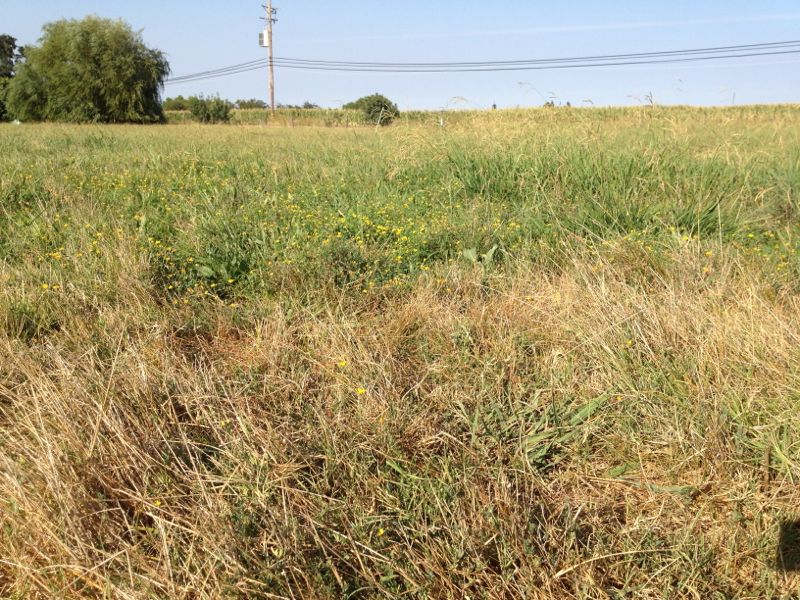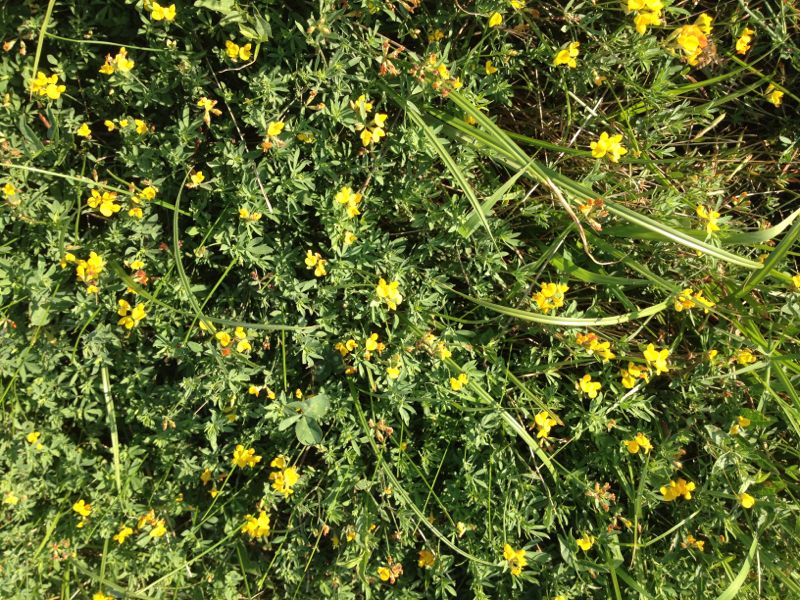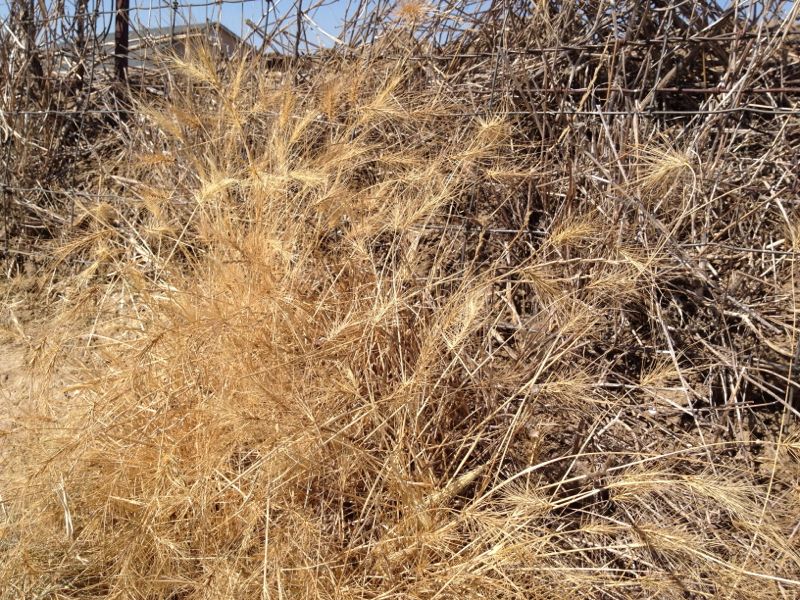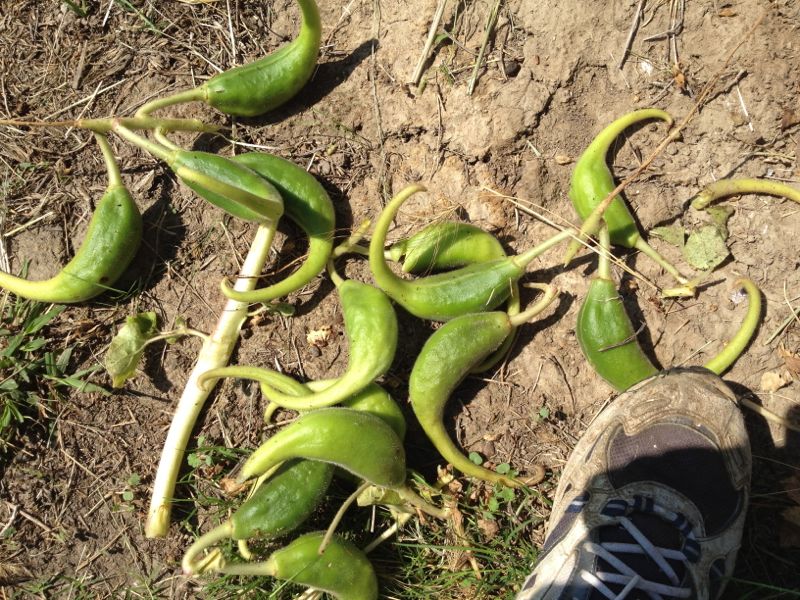Pasture Maintenance
/Nothing very exciting in this post. But I spent all day Sunday in the pasture after thinking the job at hand would take only a couple of hours. I find that I am always writing blog posts in my head so here it is.

I started by mowing the paddock that the sheep had just been grazing. Now that I have my mower (never meant for this heavy duty work, but so far still working) I have been working on the dallisgrass that gets ahead of the sheep this time of year. In the past I have tried burning, trampling, weed eating (photos and past efforts in this post and this post and this post), but I think this mower will be the answer. It is at the south end of my pasture(right side of the photo) that the dallisgrass gets so thick and tall. The idea is to mow right after grazing and then everything has an equal change of regrowth, and the dallisgrass will be in a more palatable stage and the sheep will keep up with the growth.
In this photo the paddock that I just mowed is to the right. The sheep grazed the one on the left a few days before. I mowed that one that last time they grazed it and that made a big difference. I shouldn't have to mow after each grazing--maybe once or twice per season I think. Notice the fence-line. That is a 3-wire electric fence and this was the other thing I wanted to deal with on this day. I have been putting off cleaning up the fence-line with the weed eater, but when you can't even see the wire, it's time. I have already used the weed-eater in the area where you can see the wire. This dallisgrass is tough. I have the heavy duty string on the weed-eater and it still gets used up quickly. Slow-going. It took me about 3 hours to finish this fence-line.
Speaking of problem plants, here is another. This is what the medusahead looks like when it's dry. There are plenty of posts about my battle with this noxious weed also. This is along the perimeter fence.
And lets not forget devils-claw. This one isn't so bad because I don't have much of it and it is easy to chop out the big plants. It doesn't invade the irrigated pasture, but is along the edges where it is dry.
What is the problem with devils-claw? See the fruit? See those curved, pointed ends? When the fruit dries it splits in two and those curved points get caught in wool. I'll show you other photos sometime. This is seed dispersal in action.
Moving on to other plant problems. This is the small blackberry bush on the west fence. On this morning I actually had breakfast here because the berries are ripe, but in general the blackberry bushes become a problem when they cover the electric fence as they do on my west fenceline. (Note wheelbarrow full of devils-claw.)
 I started irrigating Sunday evening. Here is a spot that I hoped to get water to this time. The last few times I irrigated the water didn't get here.
I started irrigating Sunday evening. Here is a spot that I hoped to get water to this time. The last few times I irrigated the water didn't get here.
 This is the pathetic state of the trefoil that didn't get water.
This is the pathetic state of the trefoil that didn't get water.
 Here is what it looks like where it was irrigated.
Here is what it looks like where it was irrigated.
And here is a view of a paddock that has had plenty of water, has a manageable amount of dallisgrass,and hasn't been grazed for a few weeks.
This is self-portrait of the irrigator.

















